
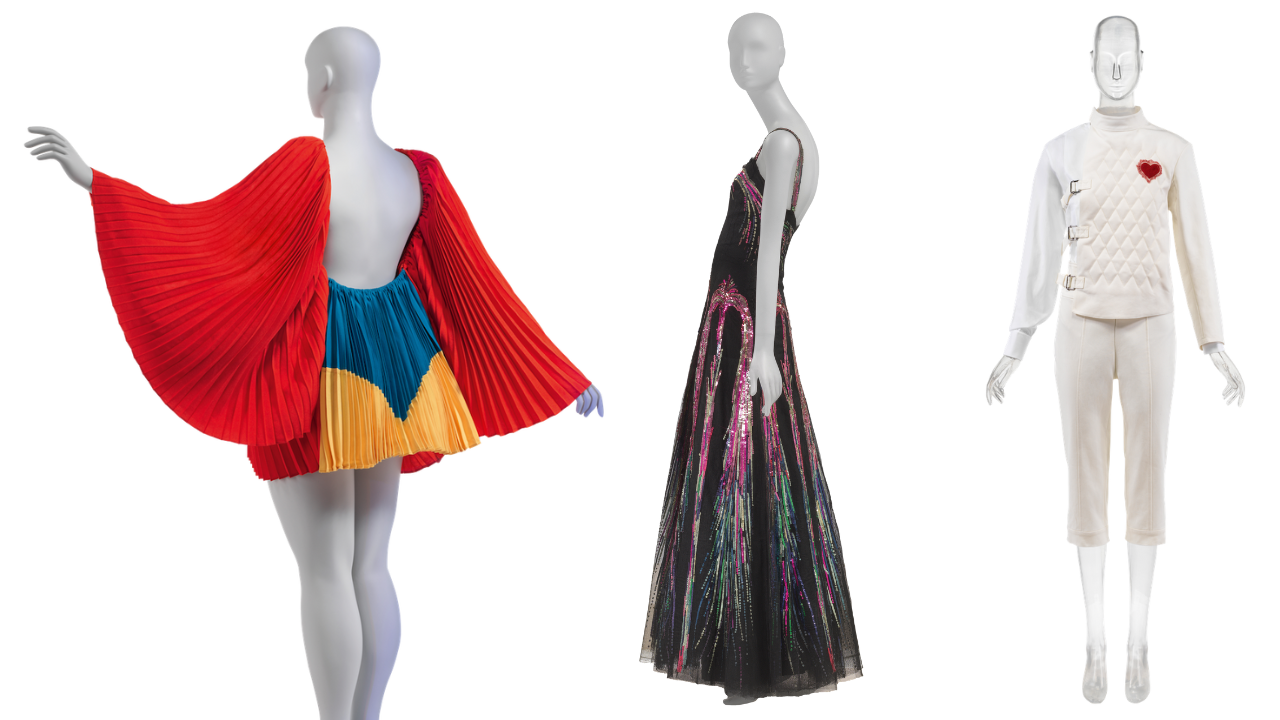
Pop quiz: Name a famous Paris couturier from the first half of the 20th century. Chances are you said Cristóbal Balenciaga or Christian Dior. Perhaps Gabrielle Chanel or Elsa Schiaparelli came to mind. But you probably didn’t think of, say, Lucy Christiana Duff-Gordon or Marcelle Chapsal, who were famous in their own time but are practically unknown today. They are just two of the 18 other female couturiers from this period whose work is featured in two landmark exhibitions this winter at New York’s Metropolitan Museum of Art and San Francisco’s de Young Museum that explore the often overlooked contributions of women to the fashion industry. Women Dressing Women, on view through March 3 at the Met, examines the creative legacy of 73 women designers and women-led fashion houses from the early 20th century to the present day, while Fashioning San Francisco: A Century of Style, opening January 20 at the de Young, narrates the same period through the stories of women like Ethel Sperry Crocker, Eleanor de Guigne, Zelda Quigley, and Dodie Rosekrans who actually bought and wore the clothes on display.
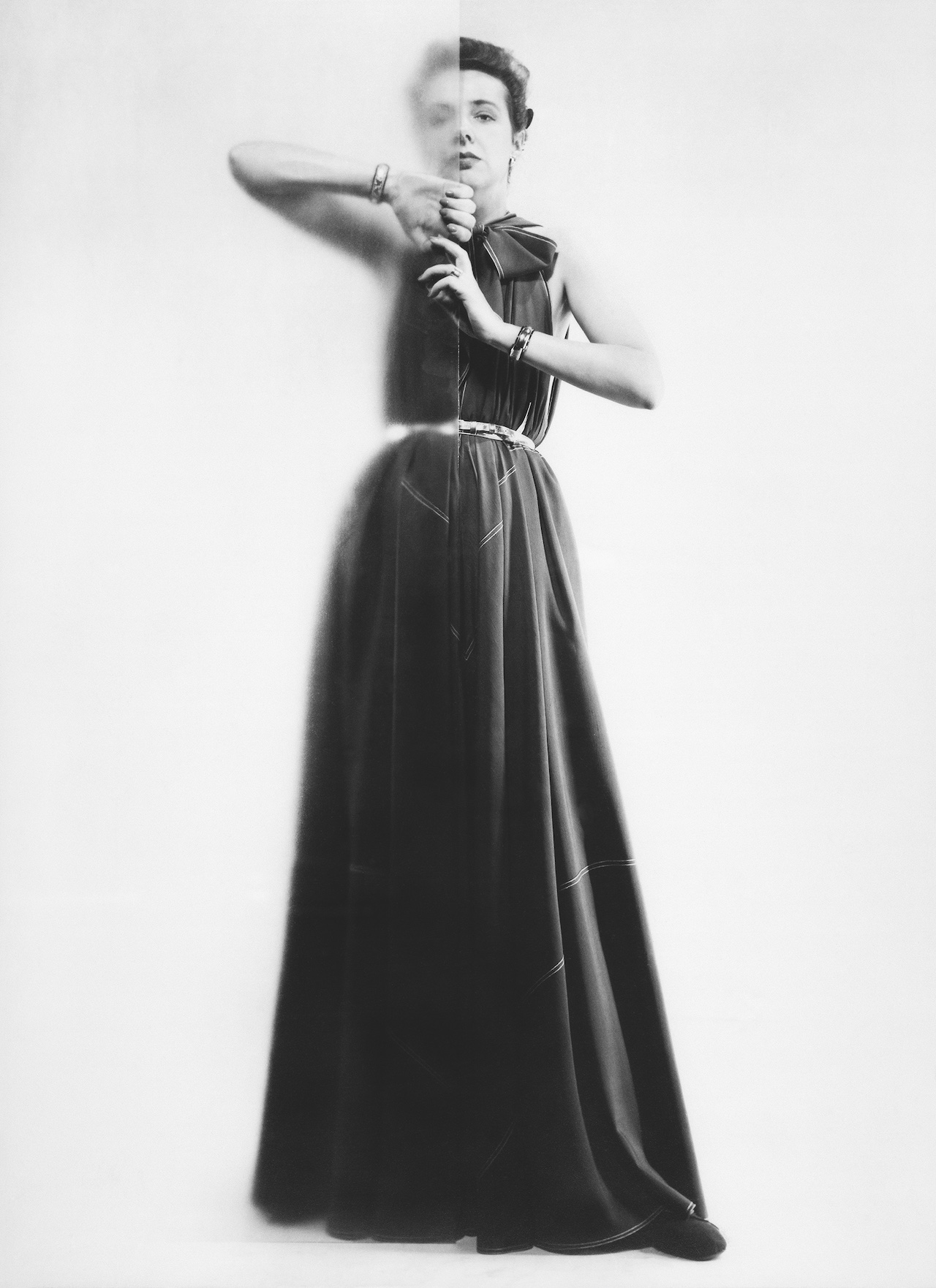
“I think often of the Paquin lot that got away.” — Sandy Schreier
While both exhibitions are several years in the making, they are debuting in the context of conversations about the small and ever dwindling number of women in creative director roles today sparked by a viral Instagram infographic depicting the all-male creative director roster at Kering following Seán McGirr’s appointment to succeed Sarah Burton at Alexander McQueen. You can count on one hand the number of female creative directors at the other two rival European luxury conglomerates: Stella McCartney, Dior’s Maria Grazia Chiuri, and Chloe’s Chemena Kamali. And there are only a few more at privately held companies like Chanel, Hèrmes, Versace and Prada. “I do think that it’s nice to have a timely reminder of just how much ingenuity and creativity and innovation women have brought to dress across time,” says Mellissa Huber, associate curator in The Costume Institute, who co-organized Women Dressing Women with independent curator Karen Van Godtsenhoven.

One of the most striking takeaways from Women Dressing Women is that a century ago, in the 1920s and 1930s, women designers in Paris actually slightly outnumbered their male counterparts. The exhibit opens with a section titled Visibility, which explores how women had long excelled as professional dressmakers in France—seen as an extension of the domestic sphere, dressmaking was one of the few professions open to them—and were thus instrumental to the rise of haute couture and the modern notion of the named designer at the turn of the 20th century. As new couture houses began offering seasonal collections of made-to-measure garments, several of the earliest labels were run by sisters, including Callot Soeurs founded by Marie Gerber, Marthe Bertrand, Joséphine Crimont, and Régina Tennyson-Chantrell under their maiden name in 1895 and known for slender, revealing cuts, and Boué Soeurs, a partnership between Sylvie Boué de Montegut and Jeanne d’Etreillis begun in 1897 that was celebrated for its modern renditions of historical silhouettes.
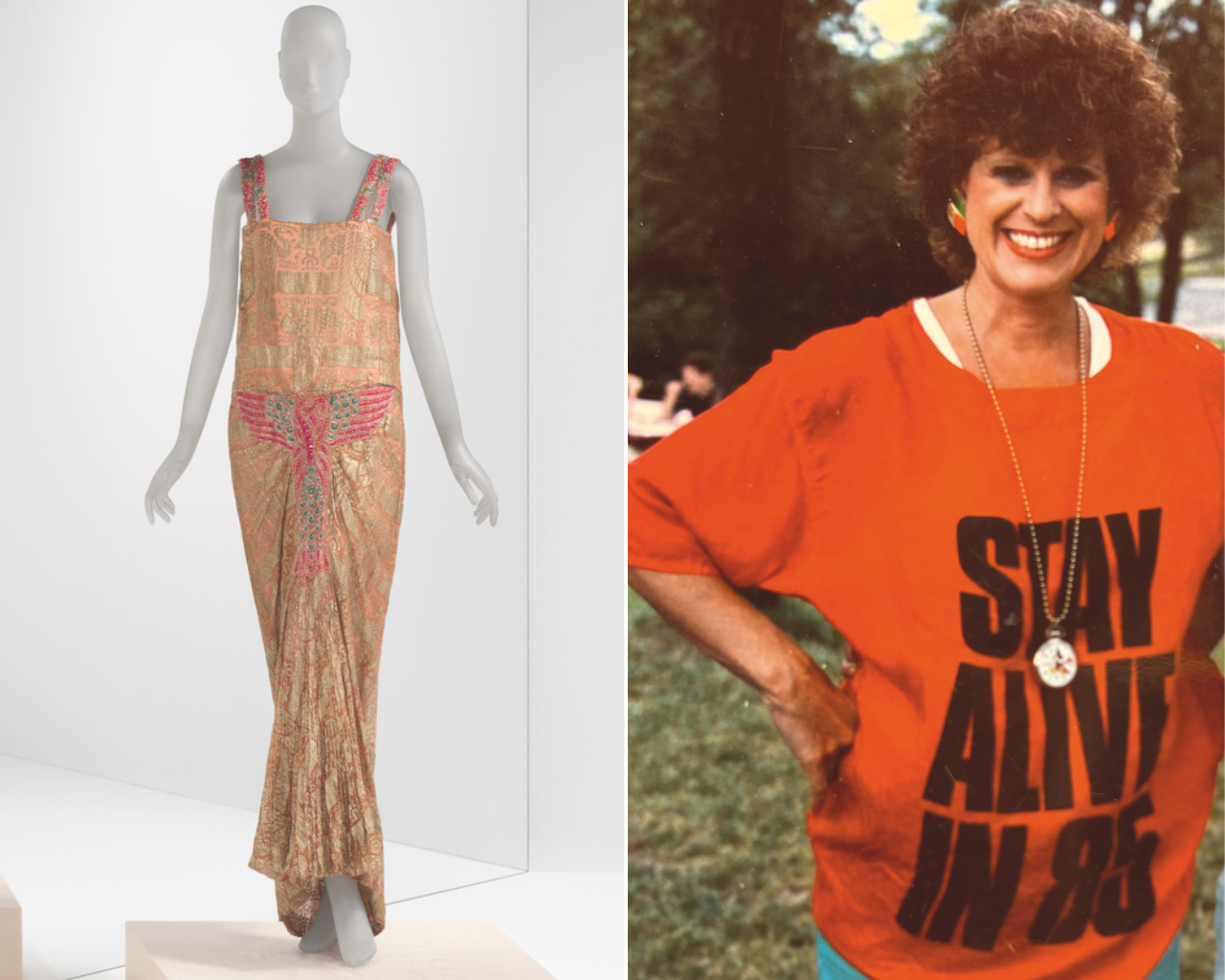
The intimate scale of made-to-measure fashion offered unique entrepreneurial opportunities for women to start businesses independently. After her husband abandoned her and their young daughter, the American-born dressmaker Lucy Christiana Duff-Gordon launched Lucile, a couture line of diaphanous chiffon dresses, in 1904 and went on to dress Anna Jones Dyer, a first lady of Delaware, and Nan Tucker McEvoy, a former head of the San Francisco Chronicle, whose dresses are featured in the Met and de Young exhibits. “She started doing everything on her own with no money whatsoever, and because she had the skill set to design and sketch and sew, she was able to build something that other women wanted to invest in,” says Huber. Perhaps no one built something women wanted to invest in more successfully than Gabrielle Chanel, the daughter of a peddler and self-made billionaire who founded her femme moderne label featuring menswear elements like tailored jackets as women’s dress in 1910, which she modeled herself to great effect.
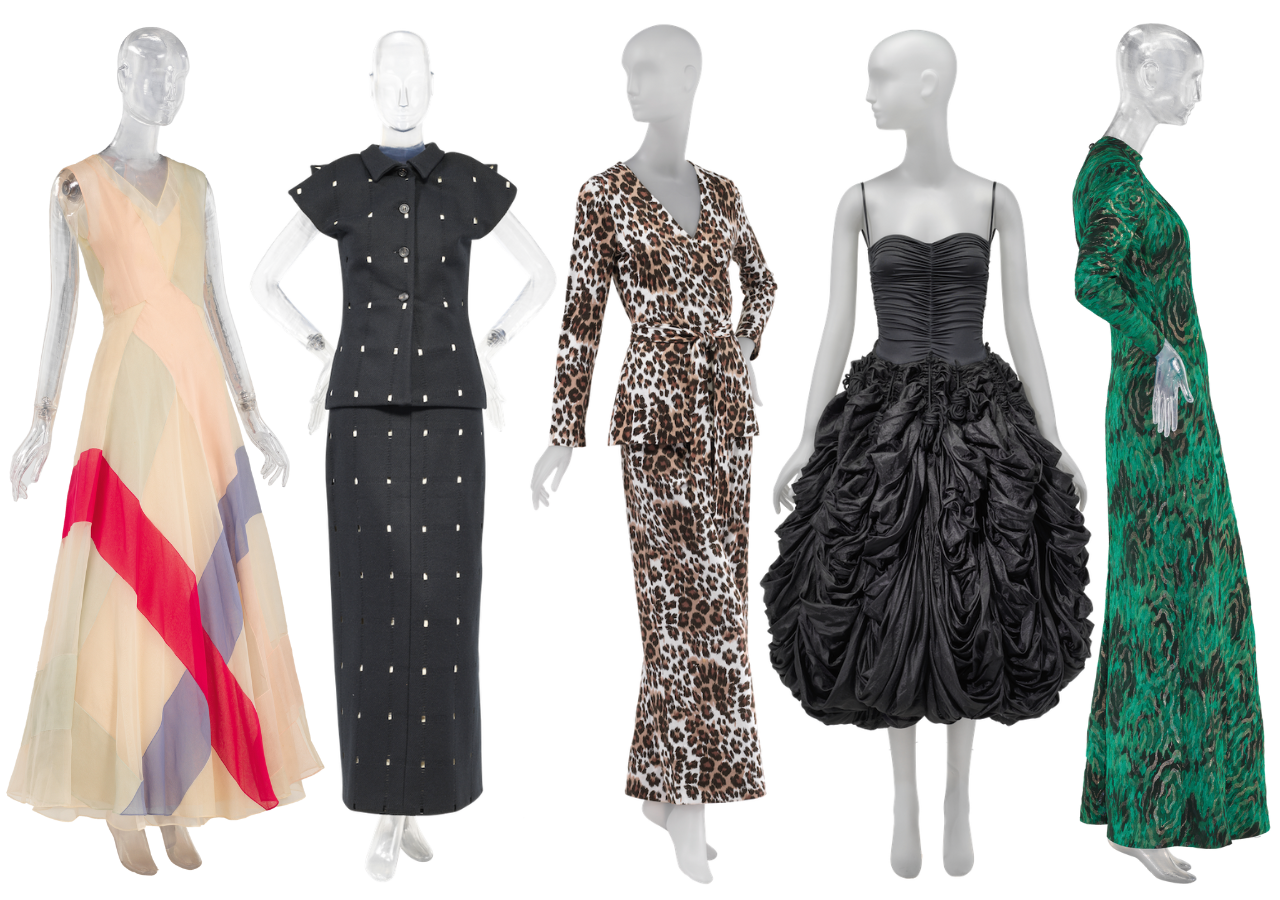
“It’s nice to have a timely reminder of just how much ingenuity and creativity and innovation women have brought to dress across time.” — Mellissa Huber
Women Dressing Women features an animated family tree that presents the primacy of women-led couture houses in interwar Paris as a function not just of talented couturières but also the equally important technical and business acumen of female workroom staff including the premières d’ateliers and modelistes who helped design and sew the dresses and the vendeuses who sold them. “I definitely had some Homeland-style boards going in my apartment, including with string at one point, which my cats loved,” says Huber, describing how she pieced it all together. It’s fascinating just to follow the connections between houses led by women named Madeleine, including Madeleine & Madeleine, founded in 1919 by Mademoiselle Madeleine, a former vendeuse at Jeanne Hallée, and Madame Madeleine Lepeyre, a designer who had previously worked at Paquin and Callot Soeurs. There was also Vionnet, founded by Madeleine Vionnet, which shuttered in 1939 and splintered into two camps: daywear powerhouse Mad Carpentier (led by première d’atelier Madeleine Maltezos and vendeuse Suzie Carpentier) and Grecian-inspired eveningwear label Marcelle Chaumont (led by Vionnet’s longtime right-hand Marcelle Chapsal).
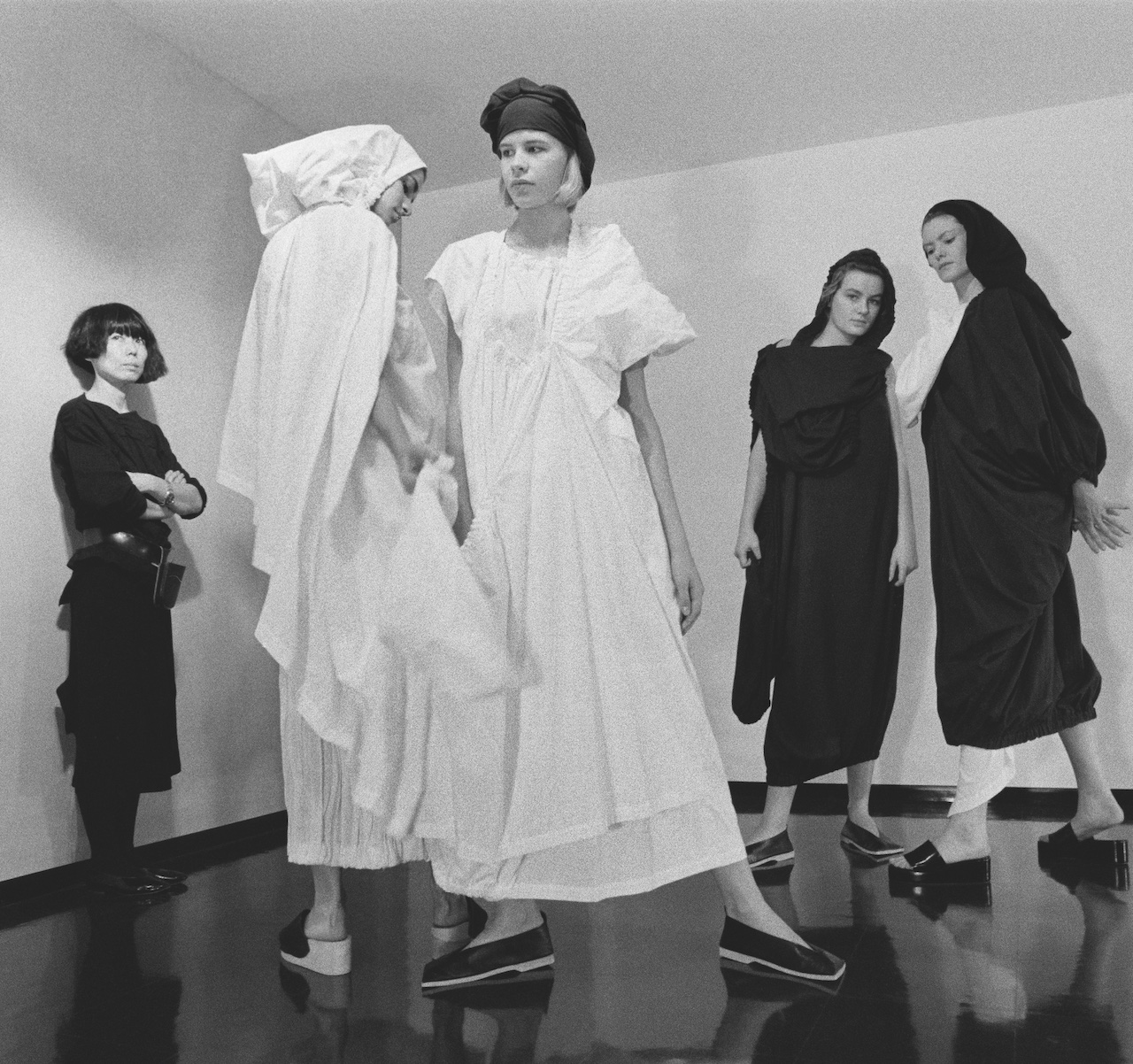
Both the Met and de Young exhibitions are drawn from the museums’ permanent collections. Laura Camerlengo, curator in charge of costume and textile arts at the Fine Arts Museums of San Francisco (which comprises the de Young and its sister institution the Legion of Honor) notes that “we see this switch at the mid-20th century where the collection does become more male focused.” Christian Dior, Yves Saint Laurent, Bill Blass, and John Galliano replace labels like Callot Soeurs, Lucile, Louiseboulanger, Peggy Hoyt, and Lanvin that comprise the museum’s earlier holdings. So where did all the women designers go? “When you think about the conditions of the period itself, there were a lot of challenges: two world wars, the Great Depression, plus the nature of the industry itself was rapidly expanding and reconfiguring,” suggests Huber. “If you didn’t have a perfume or licensing agreements or something to sort of keep the business alive during difficult financial times like Chanel did, then it was really easy for these houses to disappear and just sort of fall out of existence.” Of the haute couture houses founded by women in the first half of the 20th century, only Chanel, Nina Ricci, Grès, and Lanvin—all of which had successful fragrances—survived the 1960s.
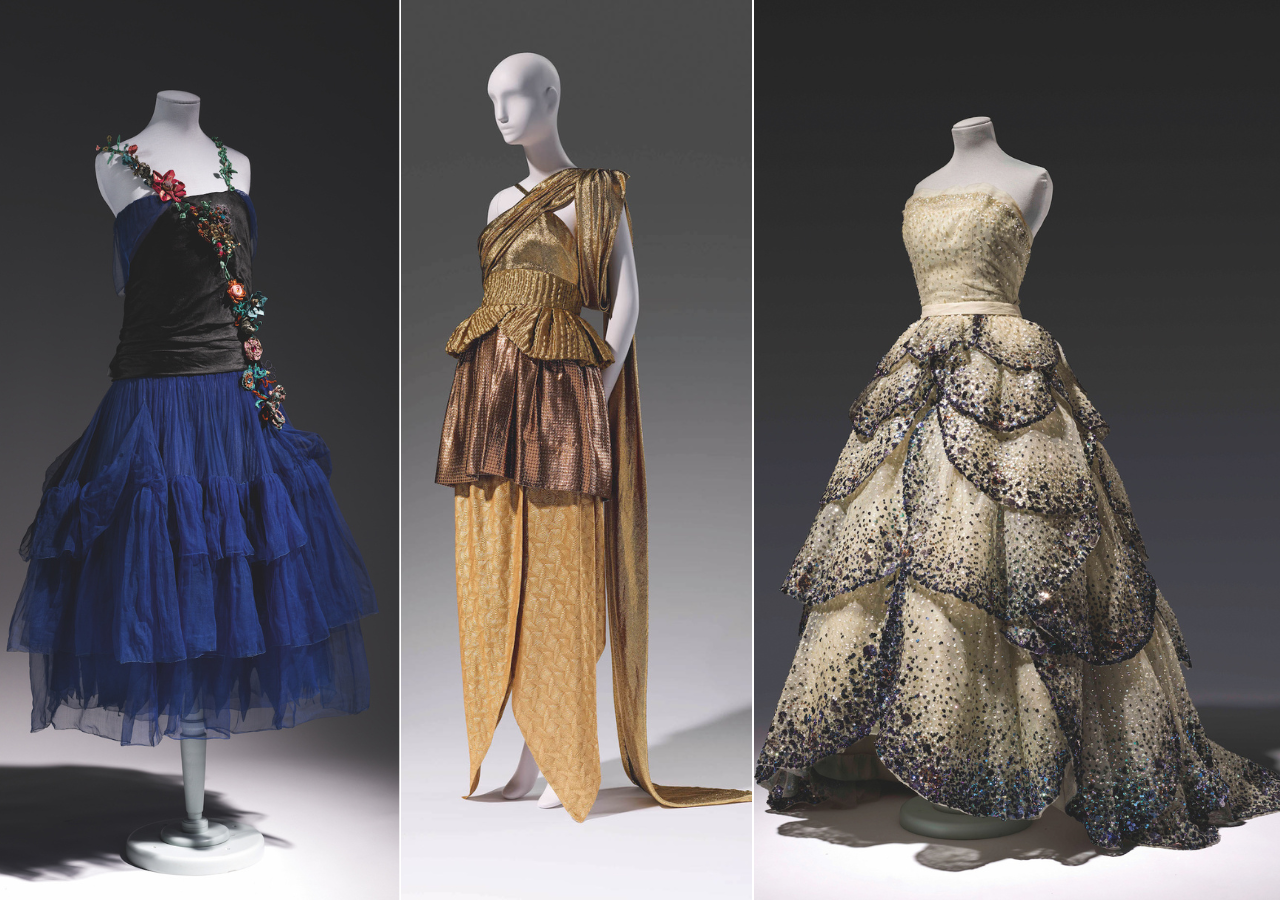
But that doesn’t explain why female designers from the Visibility era have faded into the shadows in our telling of fashion history. The reasons, Huber suggests, are multifactorial. When curators are trying to appeal to a general audience there’s a tendency to lean on the best known names and “those tend to be men,” she says. Moreover, the material record that exists—for both female and male designers—from this early period was before most brands kept archives, and relies on what clients thought to donate to museums or pass down within their families. Much of the Met’s holdings come from one private collector, Sandy Schreier, who has made a valiant effort to salvage pieces from labels like Madeleine & Madeleine, Premet, Augustabernard, and Maggy Rouff from Detroit area estate sales. “I think often of a Paquin lot that got away,” says Schreier. “The lady who bought it cut the dresses up into pieces and made doilies and antimacassars out of them. Can you imagine?” (A couple pieces by Katherine Hamnett and Jean Muir from her personal wardrobe also made into the show.)
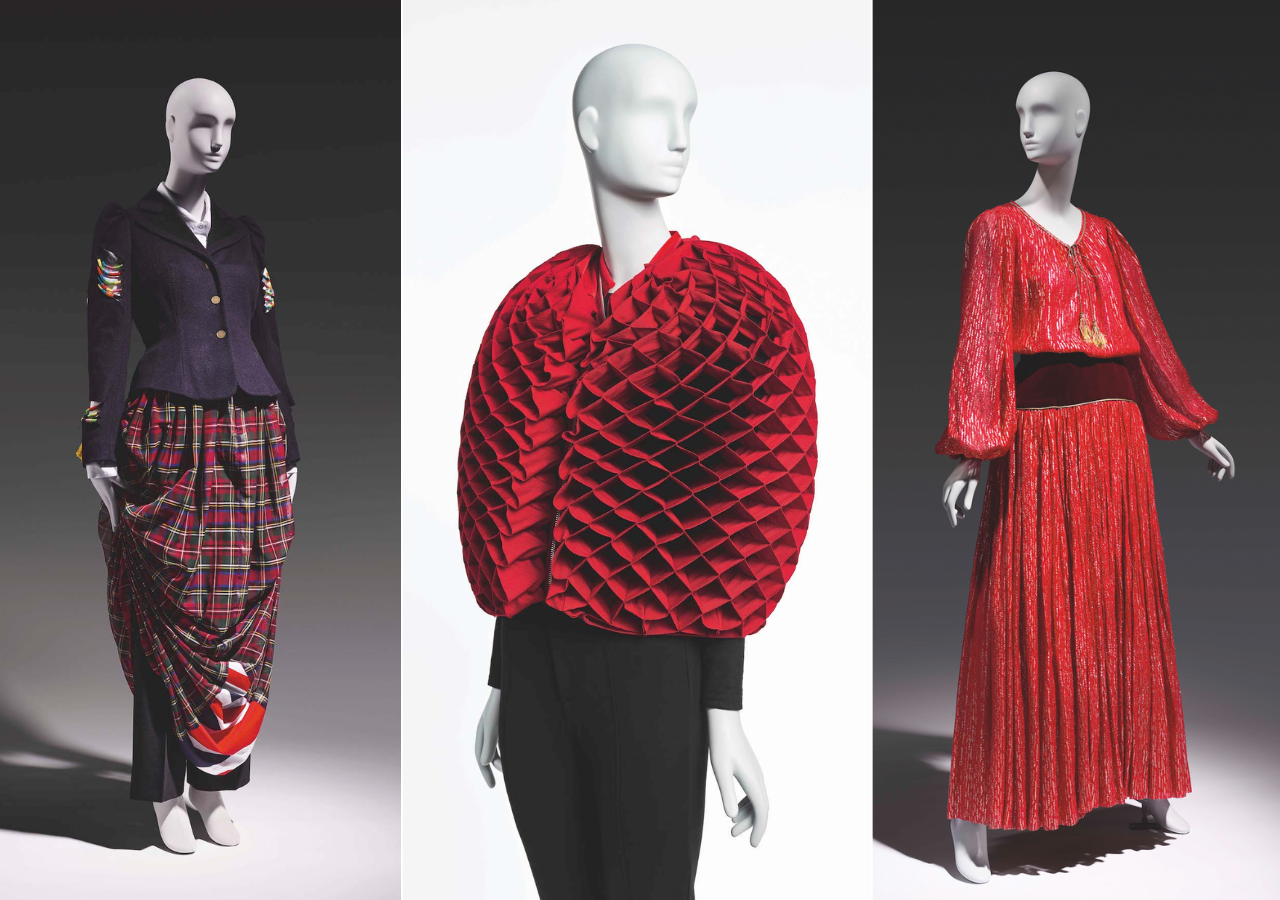
Another common thread to both exhibits is the way that, even if they’re not the creative directors of European heritage brands, female designers—and the many other women who make up the ecosystem of fashion—continue to have an enormous impact on women’s lives. Women Dressing Women features several international and intergenerational groupings, that explore themes such Reclaiming the Body, which examines the work of more avant-garde designers like Comme des Garçon’s Rei Kawakubo, Georgina Godley, and Melitta Baumeister who challenge conventional notions of beauty, or Bodily Agency, which looks at clothes from No Sesso, Norma Kamali, and Simone Rocha that have aspects of adaptability to them.
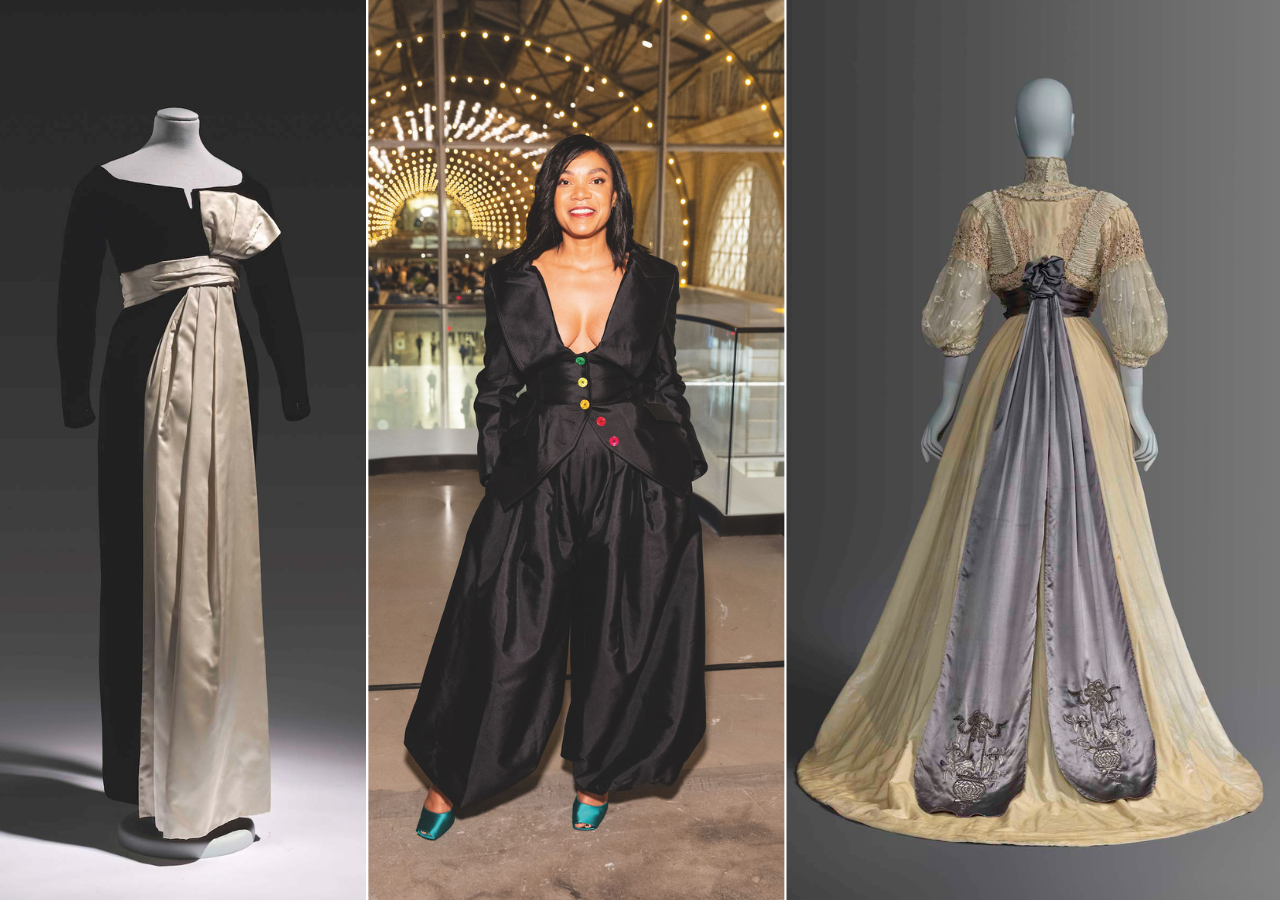
“In most cases women designers will think of comfort.” — Christine Suppes
Another thematic grouping is American Women, exploring the way sportswear designers from Claire McCardell to Bonnie Cashin have prioritized the comfort of the wearer, by allowing them to better inhabit their clothes through wrapping, tying, or layering. “In most cases women designers will think of comfort,” says Christine Suppes, a major collector of Rodarte and Vivienne Westwood who has donated more than 500 pieces to the Fine Arts Museums of San Francisco. “When I put on my Rodarte, I can zip it up myself.” Fashioning San Francisco features several Dior gowns that have gussets added under the arms by the couture salon at I. Magnin & Company to allow more movement in the shoulders. The local department store, which sold local reproductions of French couture, was also known to cut holes in internal corsets to accommodate women postpartum. “I thought clearly that it was a woman who was adapting that garment to another female body, rather than a man who might not necessarily consider how the body shifts,” says Camerlengo.
The stories in these two exhibits could easily fill 12 different exhibits, and that, says Huber, is exactly the point. “Our approach was to try to squeeze in all of these stories and hopefully give our visitors a sense of the breadth of things that were happening and the range of different ways that women were approaching fashion and finding opportunity across time and geography,” she says.















